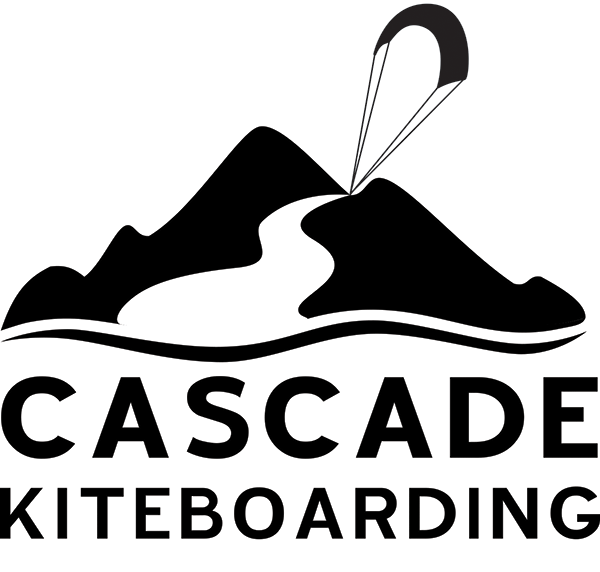3 Common Mistakes Beginner Kiteboarders Make—and How to Avoid Them
We All Start Somewhere: Here Are Some of the Most Common Mistakes Beginners Make in Kiteboarding and How to Avoid Them
1. Overestimating Your Skill Level/Not taking lessons at a reputable and certified school
The Mistake: If you come from a water or extreme sports background, it’s easy to look at kiting excitedly and assume you can just grab a kite, bar, and board and head out on the water. While we firmly believe everyone can learn to kiteboard, this is a sport that requires proper instruction to ensure a safe and enjoyable time on the water.
How to Avoid It:
Find the right school for you: There are a number of reputable schools all across the globe that teach new kiteboarders every single day! We recommend looking for schools that have IKO-certified instructors, as this is a good way to ensure you are getting top-notch instruction.
Set Realistic Goals: Understand that improvement takes time. Everyone learns at a different rate, but on average most individuals take at least 4-6 lessons before they start to feel comfortable continuing practice on their own. Rome wasn’t built in a day, and you won’t become a professional kiter overnight; just take it day by day, set small goals for yourself, and you will start to see the progression.
2. Ignoring Safety Protocols
The Mistake: One of the most common errors beginners make is neglecting safety protocols. This can range from several things such as not wearing the proper safety equipment, failing to do a pre-session gear check, or not understanding how to operate the safety features in emergency situations. Safety should always be a top priority so below are a few good reminders when going out for a session.
How to Avoid It:
Wear the Right Gear: Ensure you have a properly fitted wetsuit and harness with a safety leash and kite knife on it. It is also recommended that beginners wear an impact vest or floatation device as well as a helmet, to protect you out on the water.
Conduct Pre-Session Checks: Before heading out for a session, it is recommended that you check your gear to ensure everything is in proper working order. Things to look out for include crossed or frayed lines, a leak in the kite, loose foot straps, etc. Double-checking gear before each session can help ensure a safe time out on the water.
Practice Safety Features: Familiarize yourself with the safety features of your equipment. Each brand’s safety systems may vary slightly in terms of how their quick-release and safety leash systems work, and it is extremely beneficial to practice them in non-emergent situations. This will help to ensure if you ever do get into an issue on the water you will know exactly how to react and get yourself to safety.
“Being an absolute beginner at anything can be really frustrating, which is why having a great teacher can make all the difference.”
Mike A. / Cascade Kiteboarding Student 2024
3. Inadequate Wind and Weather Assessment
The Mistake: It’s not unusual for new kiters to underestimate the importance of proper wind and weather assessment. Heading out in gusty or inconsistent winds, or not checking local weather conditions, can lead to challenging and sometimes dangerous situations.
How to Avoid It:
Check Weather Reports and Local Forecasts: Always review weather forecasts before you go kiteboarding. Pay attention to wind speed and direction, and be aware of any potential weather changes. Our team utilizes the Ikitesurf live wind feed as well as their Pro Forecast, and we also utilize our local forecaster Temira’s blog called The Gorge Is My Gym for the most accurate wind predictions each day. Knowing what the wind is doing will help in deciding what size gear is appropriate to take out for a safe session.
Know Your Limits: Avoid heading out in winds that are too strong or too light for your skill level. If conditions are beyond your comfort zone, it’s better to wait for more suitable weather.
4. To sum things up:
Starting out on your kiteboarding journey can be an exhilarating experience, but being aware of these common mistakes can make your progression safer and more enjoyable. By prioritizing safety, understanding your skill level, and properly assessing wind and weather conditions, you can set yourself up for success and have a blast on the water. Remember, kiteboarding is a progression sport—take your time, stay informed, and most importantly, have fun!


